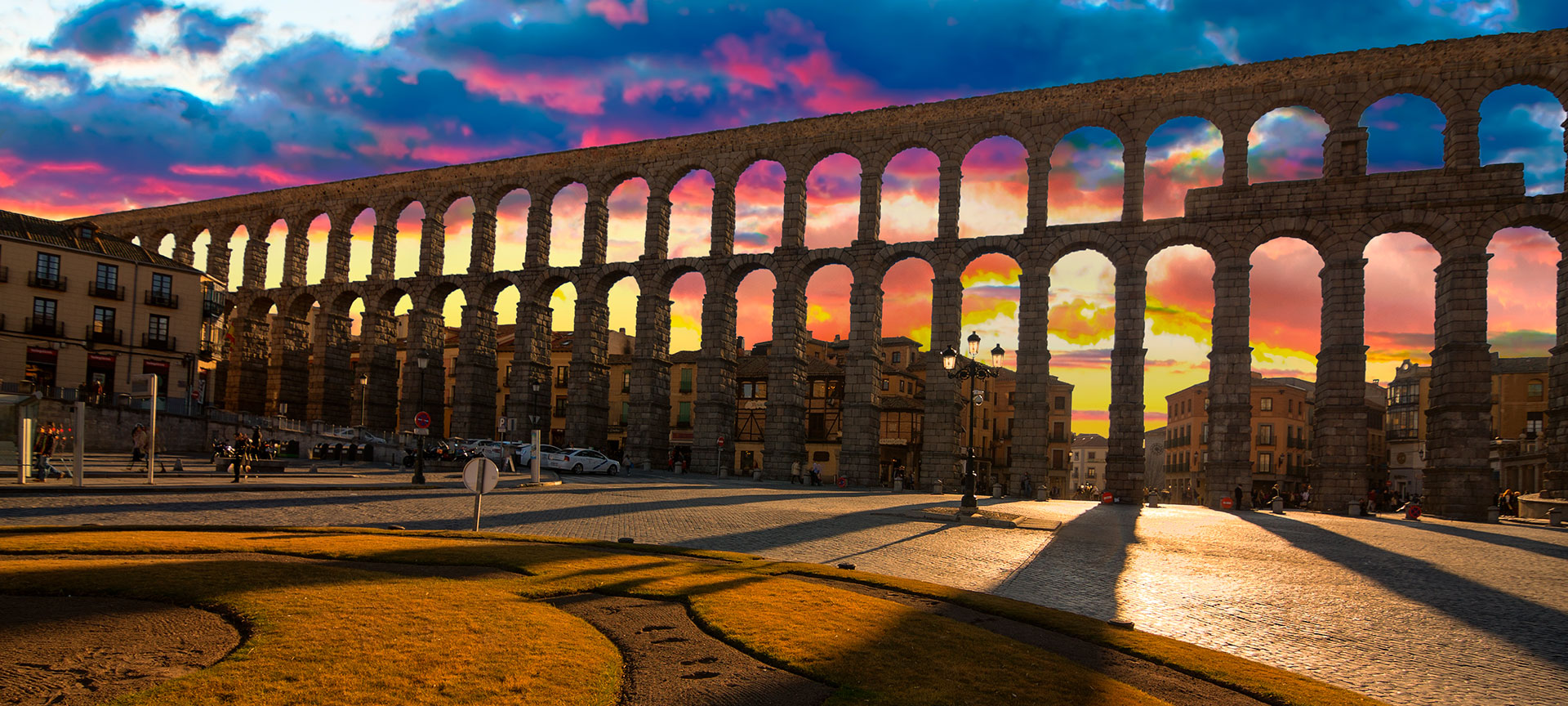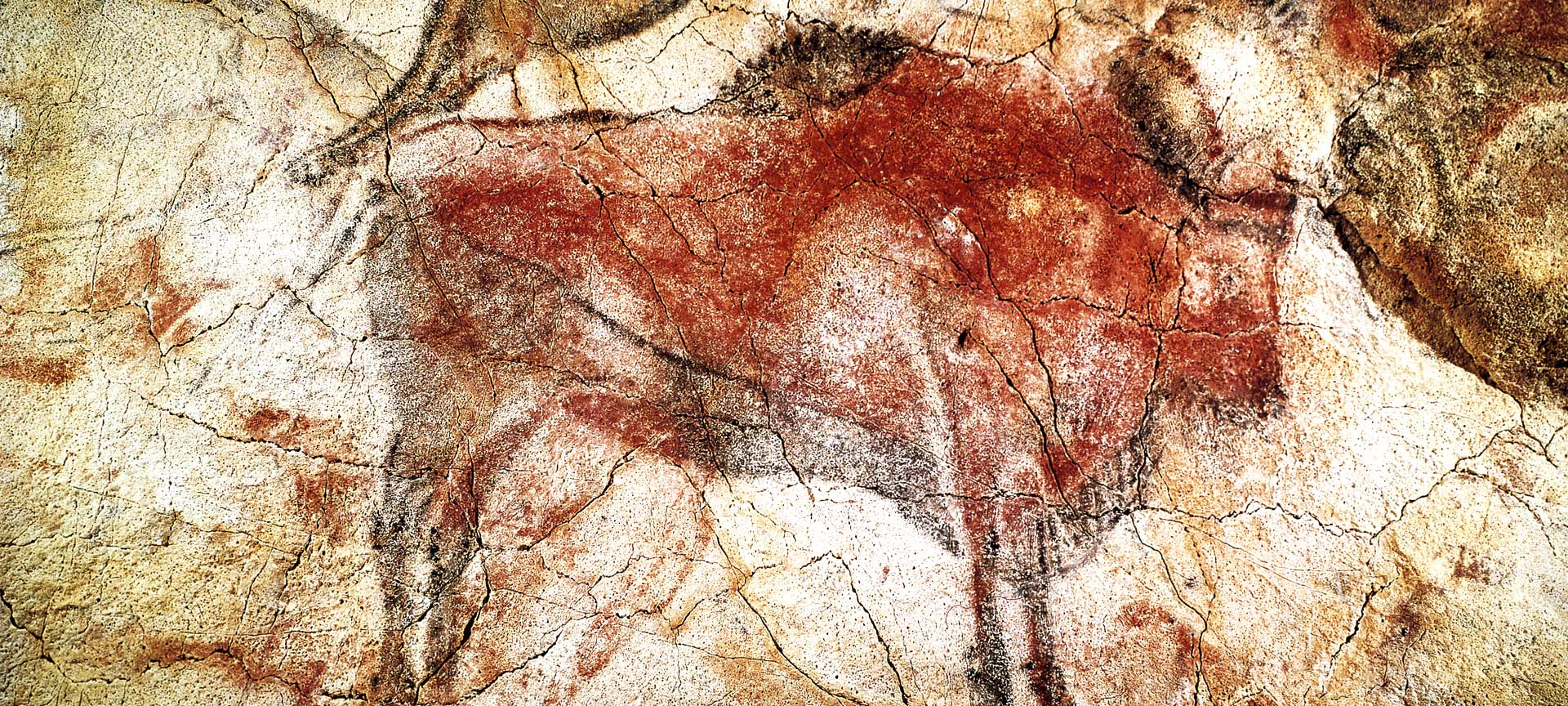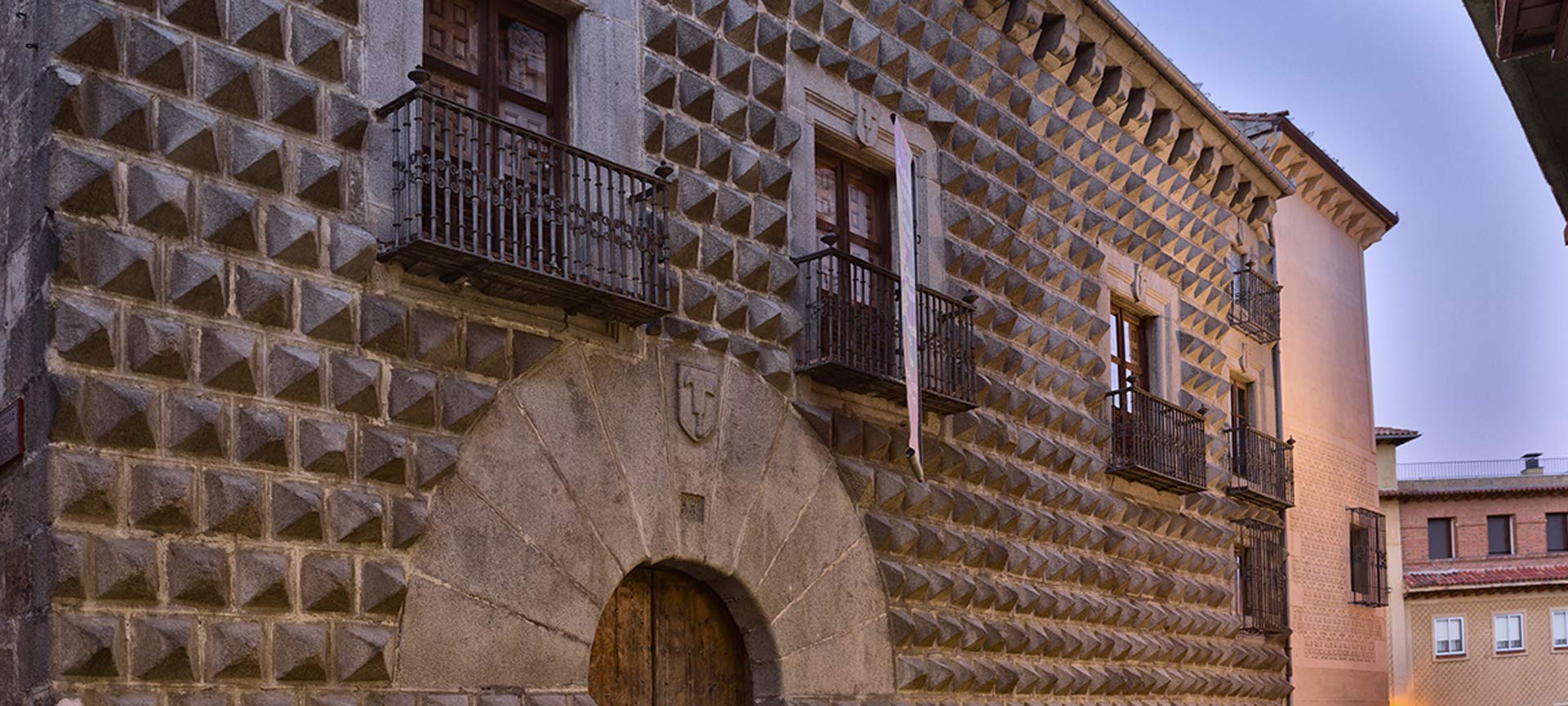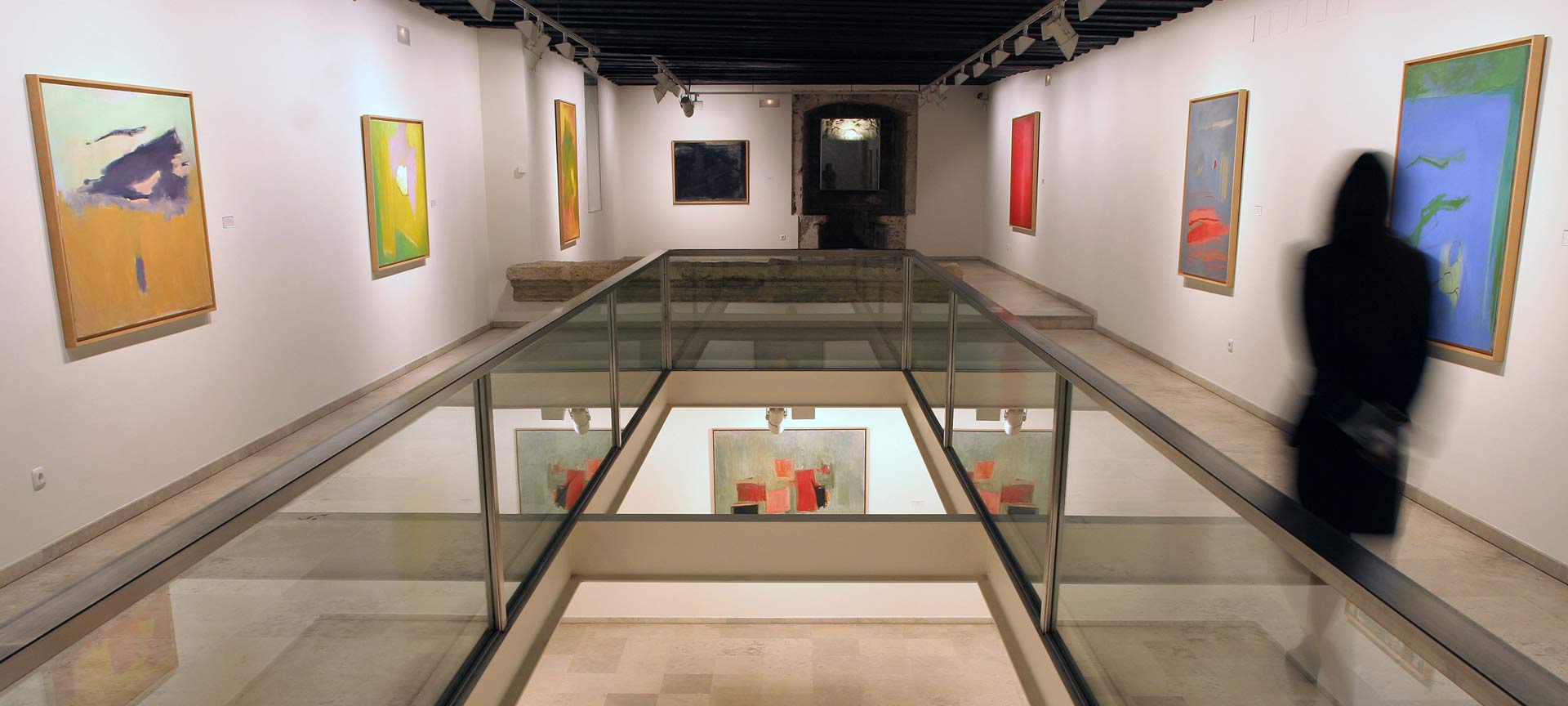
It must have been one of the largest in the Roman world.
The aqueduct is thought to have been built during the Flavian dynasty, from the second half of the first century to the early 2nd century CE under the Emperors Vespasian and Trajan in order to carry the water of the River Acebeda to the city. This impressive work of engineering, still in excellent condition, begins near the Palace of La Granja, with single arches bringing the water to the tank known as El Caserón. Then, a stonework channel carries it to a second tower, and when it arrives at Plaza de Díaz Sanz, it begins to form two monumental rows of arches, one on top of the other. There is no mortar or cement between the 20,400 blocks of stone, which remain standing solidly in a perfect balance of forces. The highest point of the construction is on Plaza del Azoguejo, where it is 28.10 m high, with a total of 167 arches.
Debe activar Javascript para poder utilizar este servicio
The Aqueduct of Segovia
Plaza del Azoguejo, s/n.
40001 Segovia (Castilla y Leon)
Activa JS
Travel plans for inspiring you
Next tours













